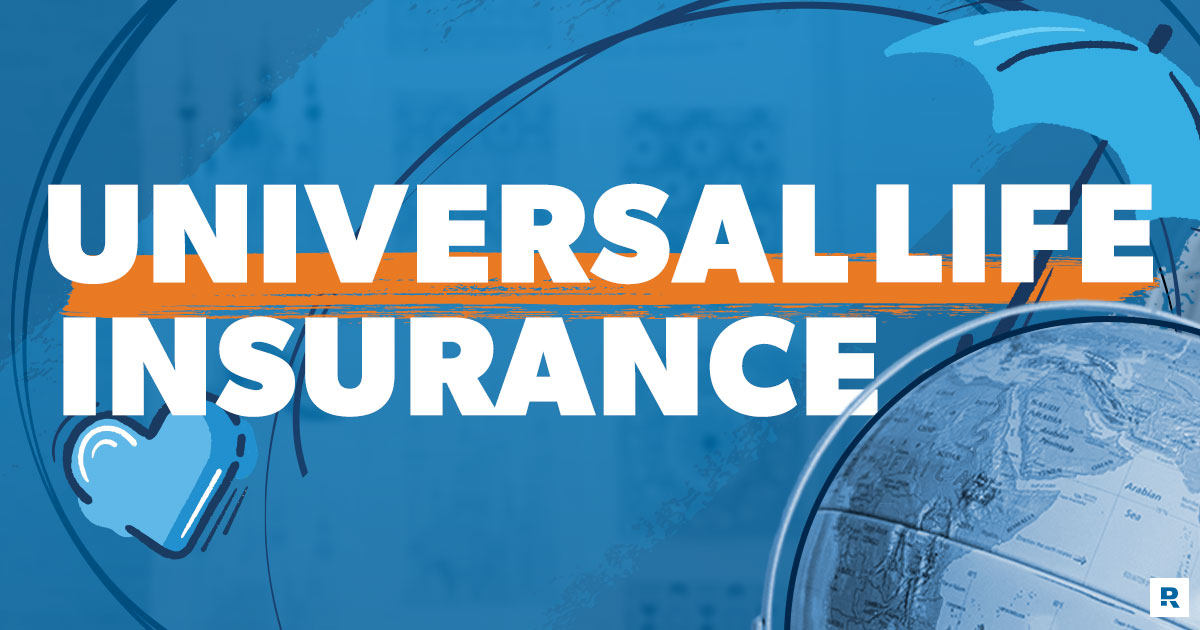
Is Insurance an investment?
When it comes to insurance, the question of whether it’s an investment is a bit nuanced. On the one hand, traditional insurance can be considered an investment because you’re putting money away to protect your family’s financial security in the event of an unexpected incident. By paying regular premiums, you’re building a safety net that can help you weather financial storms like an unexpected medical emergency, a car accident, or even death. In that sense, you could say that insurance is an investment in your family’s financial stability.
On the other hand, traditional insurance doesn’t work like a typical investment. Unlike stocks, bonds, or mutual funds, insurance policies don’t typically generate returns on investment that you can use to fund future expenses. Instead, insurance is more like a form of risk management: you pay a certain amount of money upfront to protect yourself against a potential financial loss. If that loss never materializes, you don’t typically receive any money back.
An Industry Unlike Indsutry
Insurers are financial companies that specialize in managing risk. While they may not have physical assets like manufacturing plants or factories, they hold a significant amount of assets that are typically invested in financial instruments, such as stocks and bonds. Unlike industrial firms that create tangible products, insurers generate revenue by charging premiums for insurance policies. These premiums are then used to pay for claims when they occur.
One key difference between financial companies and industrial firms is how they finance their operations. Banks finance their lending activities with customer deposits, while insurers finance their risk management activities with premiums. This means that banks have to maintain a certain amount of liquid assets to pay depositors on demand, while insurers need to maintain enough reserves to cover potential claims. Insurers invest these reserves in a range of financial instruments to earn a return that will allow them to pay claims while also generating a profit.
In terms of the assets on their balance sheets, banks typically have a mix of loans and securities, while insurers’ assets are primarily invested in securities. Insurers hold a range of securities, including stocks, bonds, and real estate. They use these investments to generate returns that help pay policyholders’ claims and to increase the company’s book value per share. Insurers also invest in government bonds and other fixed-income securities to manage their cash flow and ensure they have enough funds to cover claims.
Insurers’ financial performance is often measured in terms of book value per share. This metric represents the value of the company’s assets minus its liabilities, divided by the number of shares outstanding. Insurers aim to increase their book value per share over time to provide value to their shareholders. To achieve this, they manage their investments carefully and ensure they have enough reserves to cover claims.
In conclusion, insurers are financial companies that specialize in managing risk. While they may not have physical assets like manufacturing plants or factories, they hold significant amounts of financial assets. Insurers finance their risk management activities with premiums, and invest these premiums in a range of financial instruments to earn a return. Their goal is to increase book value per share over time by managing investments carefully and maintaining enough reserves to cover potential claims.
How does life insurance work as an investment?

Life insurance is designed to provide financial protection to your loved ones in the event of your death. There are two types of life insurance: term and permanent. Term life insurance provides coverage for a set period of time, typically between 10 and 30 years, and pays out a death benefit to your beneficiaries if you die during that period. Term policies do not accumulate cash value, and once the term expires, the coverage ends.
Permanent life insurance, on the other hand, is designed to provide coverage for your entire life. It also includes an investment component called cash value. A portion of your premium goes toward the cash value, which grows tax-deferred over time. You can borrow or withdraw funds from the cash value to pay for expenses while you’re alive. There are several types of permanent life insurance, including whole life insurance , universal life, and variable life, each with its own set of benefits and drawbacks.
Types of life insurance policies you can use as an investment
Whole life insurance

Some people use it as an investment because it’s the most straightforward type of permanent coverage. It offers fixed premiums, a guaranteed death benefit and cash value growth. Whole life insurance is a type of permanent life insurance that provides coverage for the policyholder’s entire life, as long as premiums are paid. In addition to the death benefit payable to the beneficiary upon the policyholder’s death, whole life insurance also has a cash value component that accumulates over time.
The cash value grows tax-deferred and can be accessed by the policyholder during their lifetime through loans or withdrawals. Whole life insurance premiums are generally higher than those for term life insurance, but the policy offers lifelong coverage and a source of savings that can be used for various needs. The cash value grows at a fixed rate that the insurer sets. Since the interest rate is fixed, the investment is not subject to fluctuations in the market.
Universal life insurance

Universal life insurance is a flexible version of permanent life. The death benefit, premiums and cash value in universal life policies are not guaranteed. Instead, you can increase or decrease your premiums and death benefit within limits if your needs change.
The cash value typically earns interest based on money market rates. These rates can fluctuate, making it more of a risky investment than whole life. However, some insurers set a minimum interest rate, such as 2%, to protect the investment against severe losses.

Variable life insurance offers a variety of investment options for the cash value, but you cannot adjust your premiums, like with universal life insurance. There are typically greater investment risks with variable life than with other types of permanent coverage.
The cash value earns interest on a range of investment sub-accounts offered by the insurer, such as indexes, stocks, bonds and mutual funds. Insurers may set minimum and maximum rates to help mitigate severe losses.
Insurance stocks lack the excitement of the tech industry but the returns make them great places to look for market-beating returns.
A Pillar of Strength in Golden Years: 10 Paths on How Regular Screenings Uphold Your Health
In the evocative voyage of life, the golden years emerge as a time to relish the fruits of decades of labor, to bask in the
Unlock the Secret to Sweet Dreams: 10 Ways of Enhancing Sleep Quality as You Age
Share on facebook Facebook Share on twitter Twitter Share on linkedin LinkedIn Share on pinterest Pinterest Share on telegram Telegram Share on whatsapp WhatsApp Share
Building Bridges, Not Walls: 10 Methods of Mastering the Art of Cultivating Social Connections in the Golden Years
Share on facebook Facebook Share on twitter Twitter Share on linkedin LinkedIn Share on telegram Telegram Share on whatsapp WhatsApp Share on email Email Share
Navigating the Golden Years: 10 Ways to Achieve Emotional Wellness and Conquering Loneliness
Share on facebook Facebook Share on twitter Twitter Share on linkedin LinkedIn Share on pinterest Pinterest Share on telegram Telegram Share on whatsapp WhatsApp Share
Stay Brainy in Your Golden Years: 10 Fun Activities to Keep Your Mind Sharp and Engaged!
Hello, brain buffs! Aging might be inevitable, but letting our minds turn to mush? No way, José! Time to boot up those brain cells and
10 Effective Exercise Routines for Older Adults: Low-Impact Fitness Options
Of course, maintaining physical health is crucial at any age, but especially so as we grow older. Here are ten gentle, effective, and friendly exercise